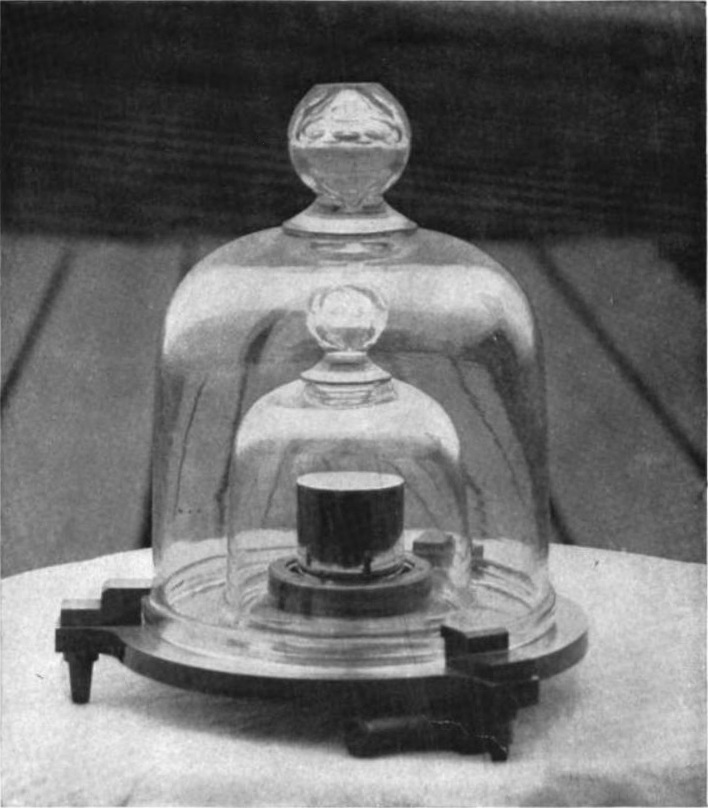 Environmental & Science Education
Environmental & Science EducationSTEM
Nature of Science
History of Science
Edward Hessler
In How Big is a Foot?, Rolf Myller tells the story of a King and Queen who have everything except a bed. One of their problem is that no one knows just "How big is a bed?," for beds had not yet been invented. How can they figure this out so that the King can give the Queen a special present for her birthday?
In this delightful video made by a teacher and his students, you can see the story and listen as one of his students reads it. The narrator, commenting on the video four years later, says "Wow my voice was high back then."
Measurement has also been an important problem in the sciences for a few centuries. Scientists have worked to improve the accuracy of basic units of measurements. Early on, some of the standards depended solely on physical objects but these objects were found to change over time no matter the attempts to protect the standard units of measurement. Until this year, the only measurement depending on a manufactured object is the kilogram.
In November 2018, the world’s measurement experts were expected to revise the International System of Units (SI), this time approving a system that does not depend on physical objects. Instead, it’ll be based entirely on the speed of light and other “constants” of physical science, resulting in a measurement system that might truly and finally be for all times and for all people.
The SI has seven "base" units, such as the second, meter, and kilogram, from which all other measurements, e.g., the watt and volt, can be derived. The aim has been to develop a system that uses exact, fixed values for the constants--such as Planck and Botzmann--to define all seven SI base units.
The National Institute of Standards and Technology (NIST) has a summary with a video on redefining the world's measurement system, infromation about the constants (e.g., speed of light, Planck constant, Avogadro's number and the charge of the electron), and a map of the road from 1799 when the metric system was official adopted to present with important markers along the way.
Brooks Riley's cats weigh in on the changes.

 CGEE Student Voice
CGEE Student Voice
No comments:
Post a Comment